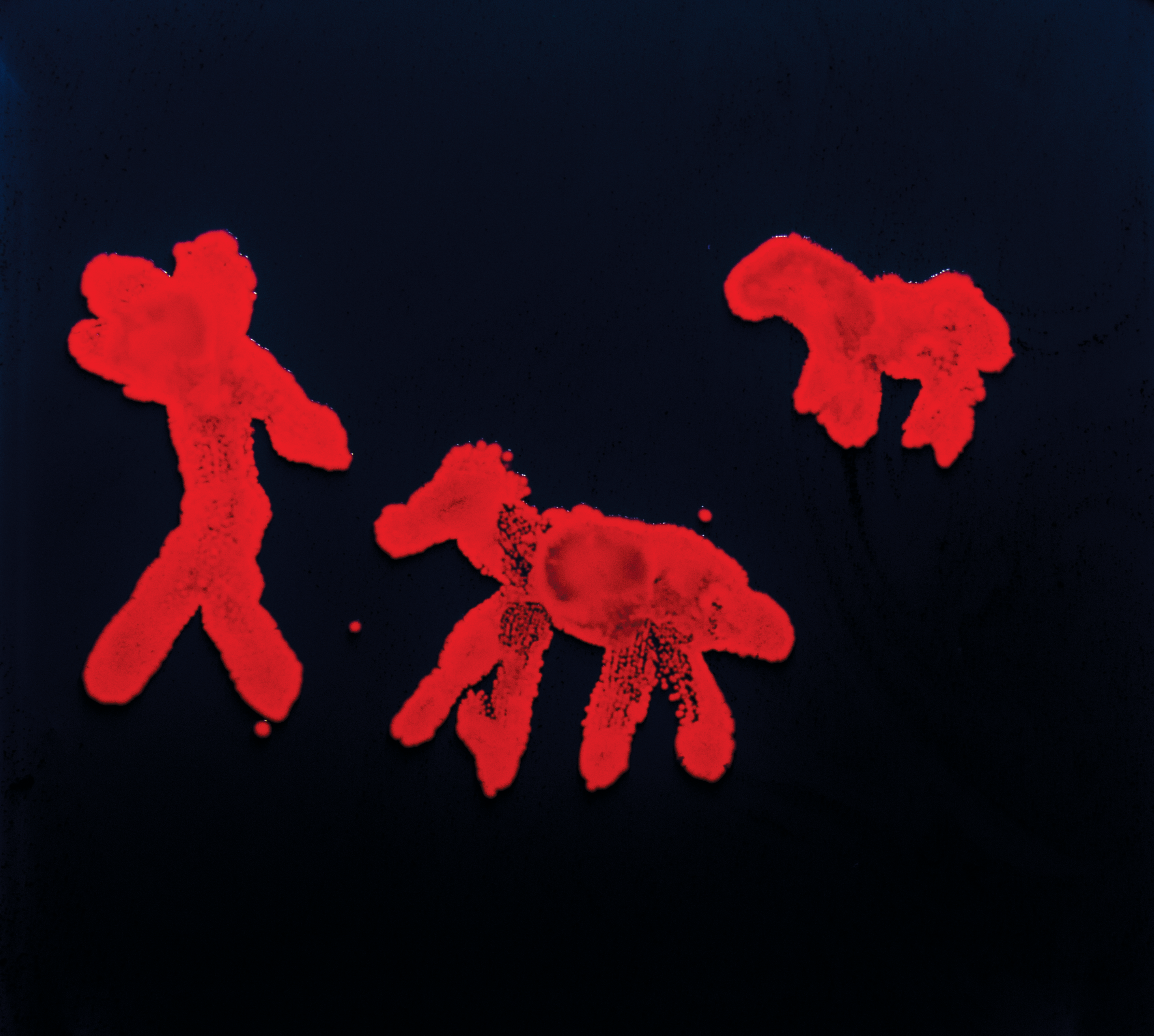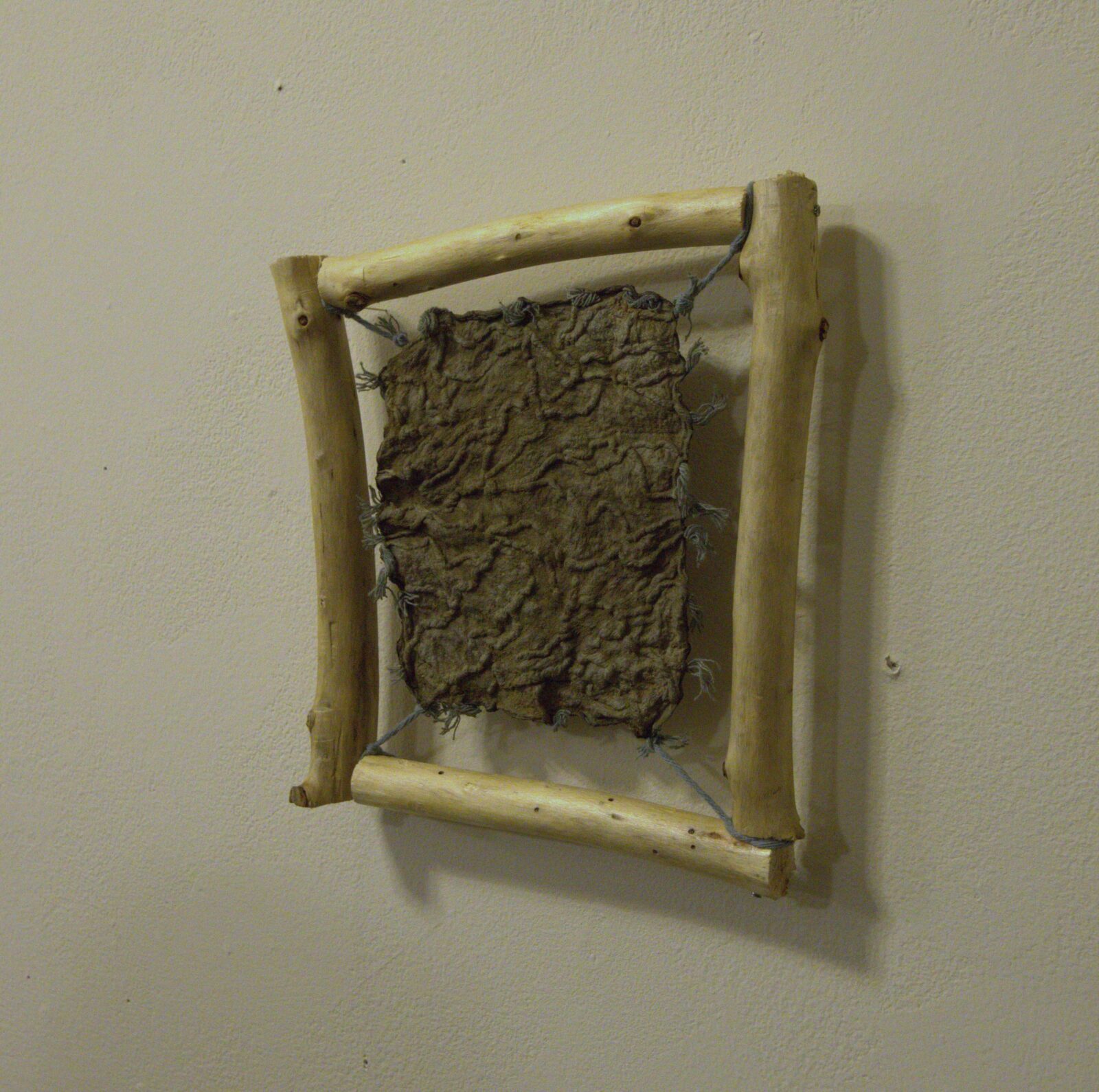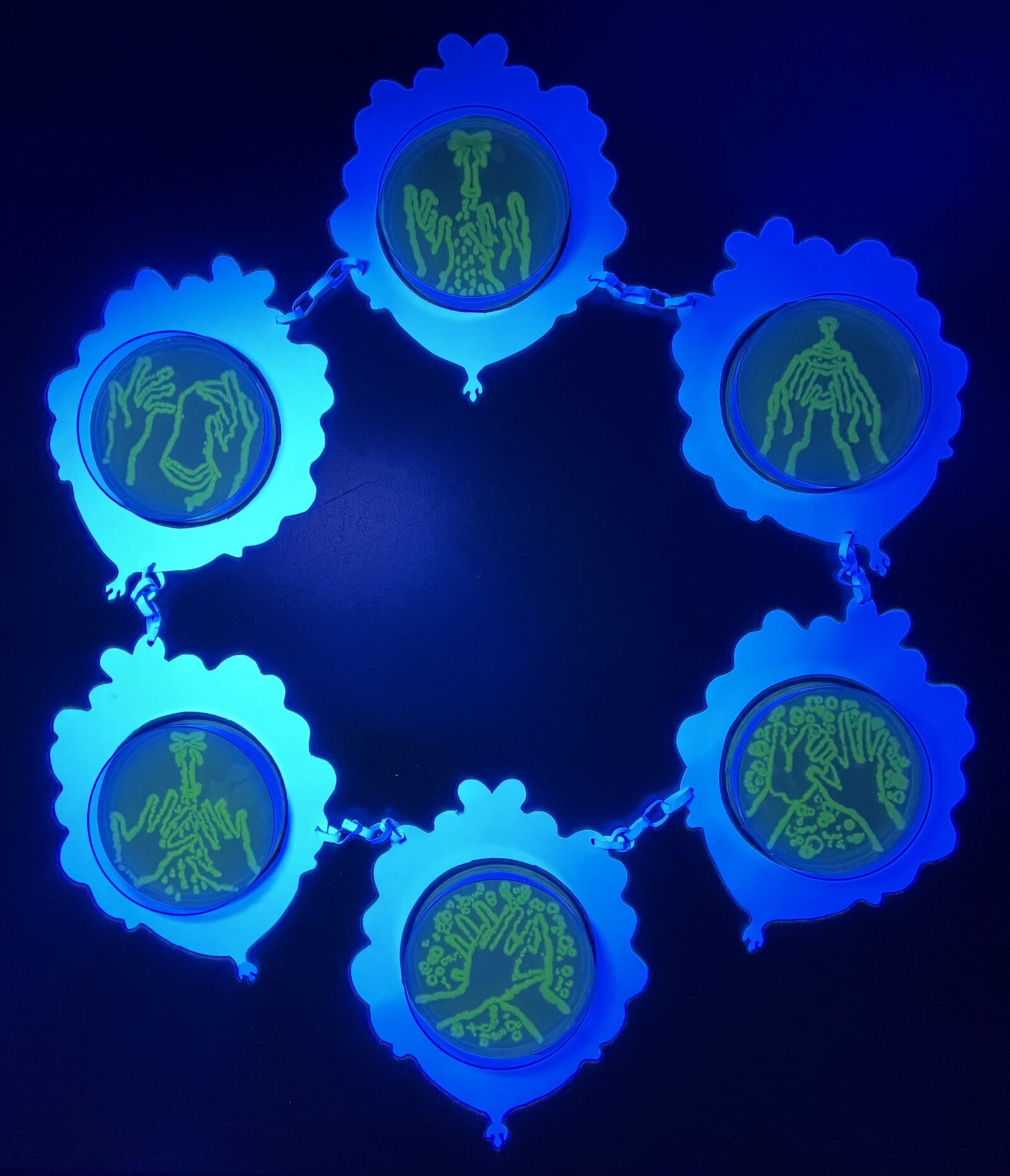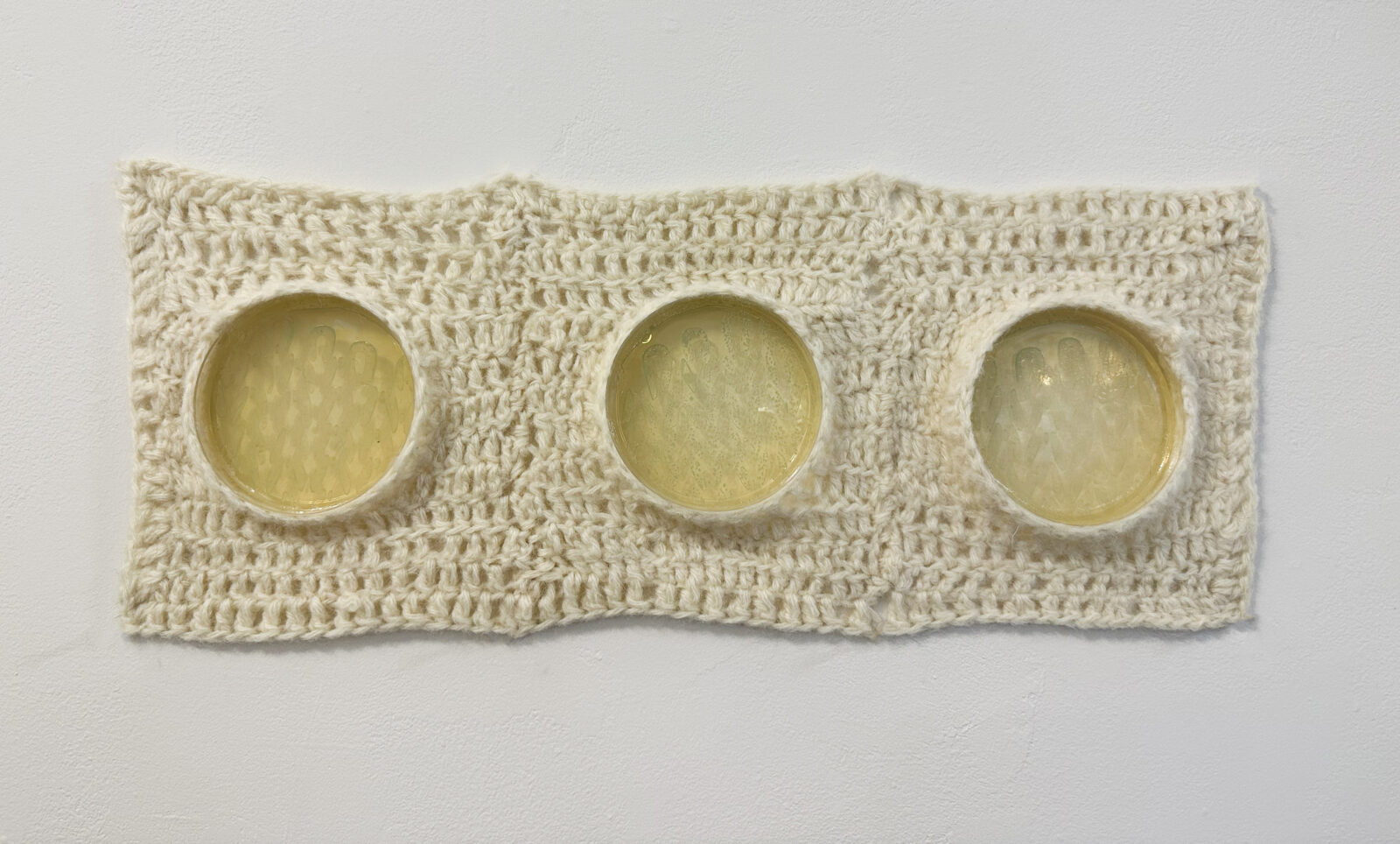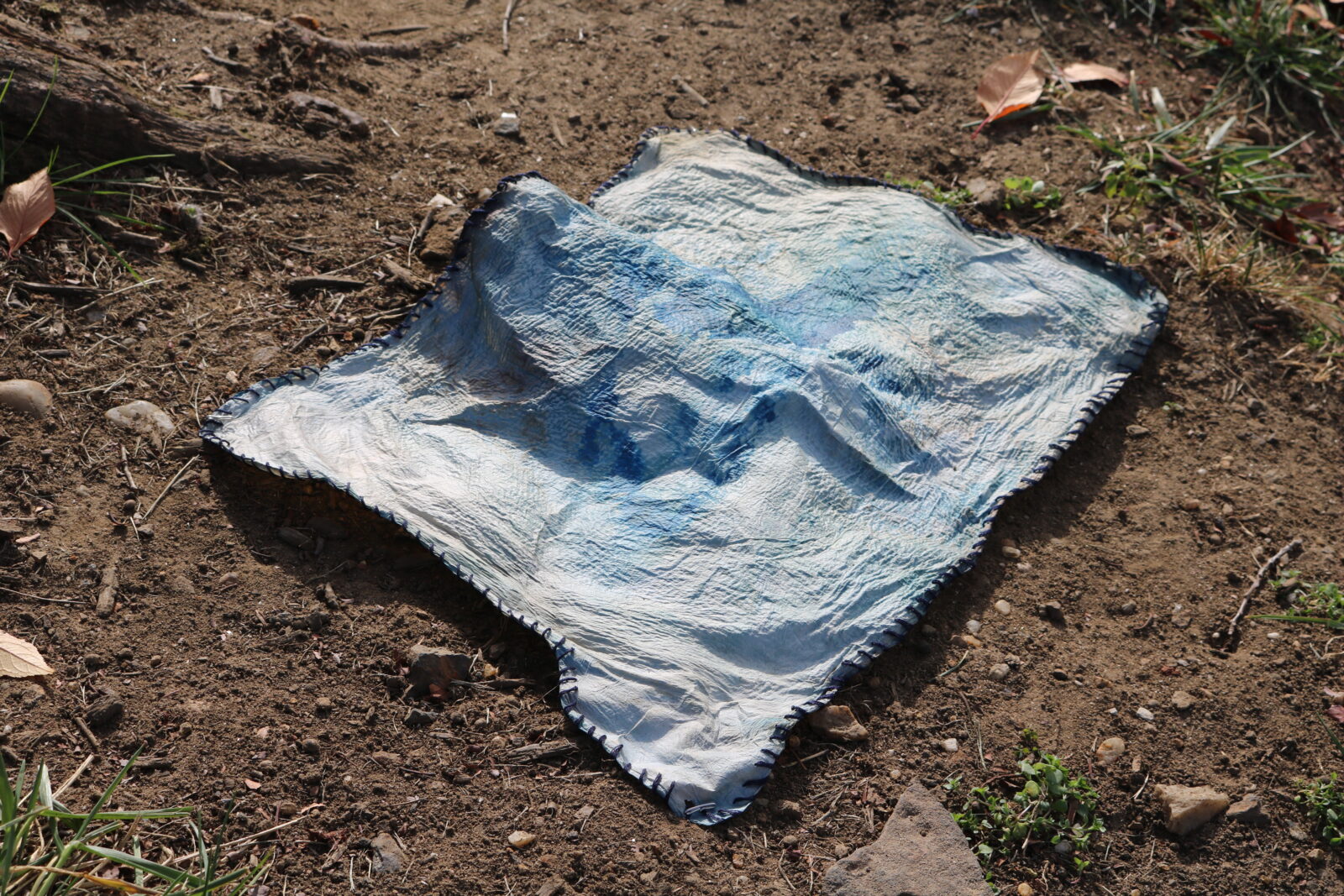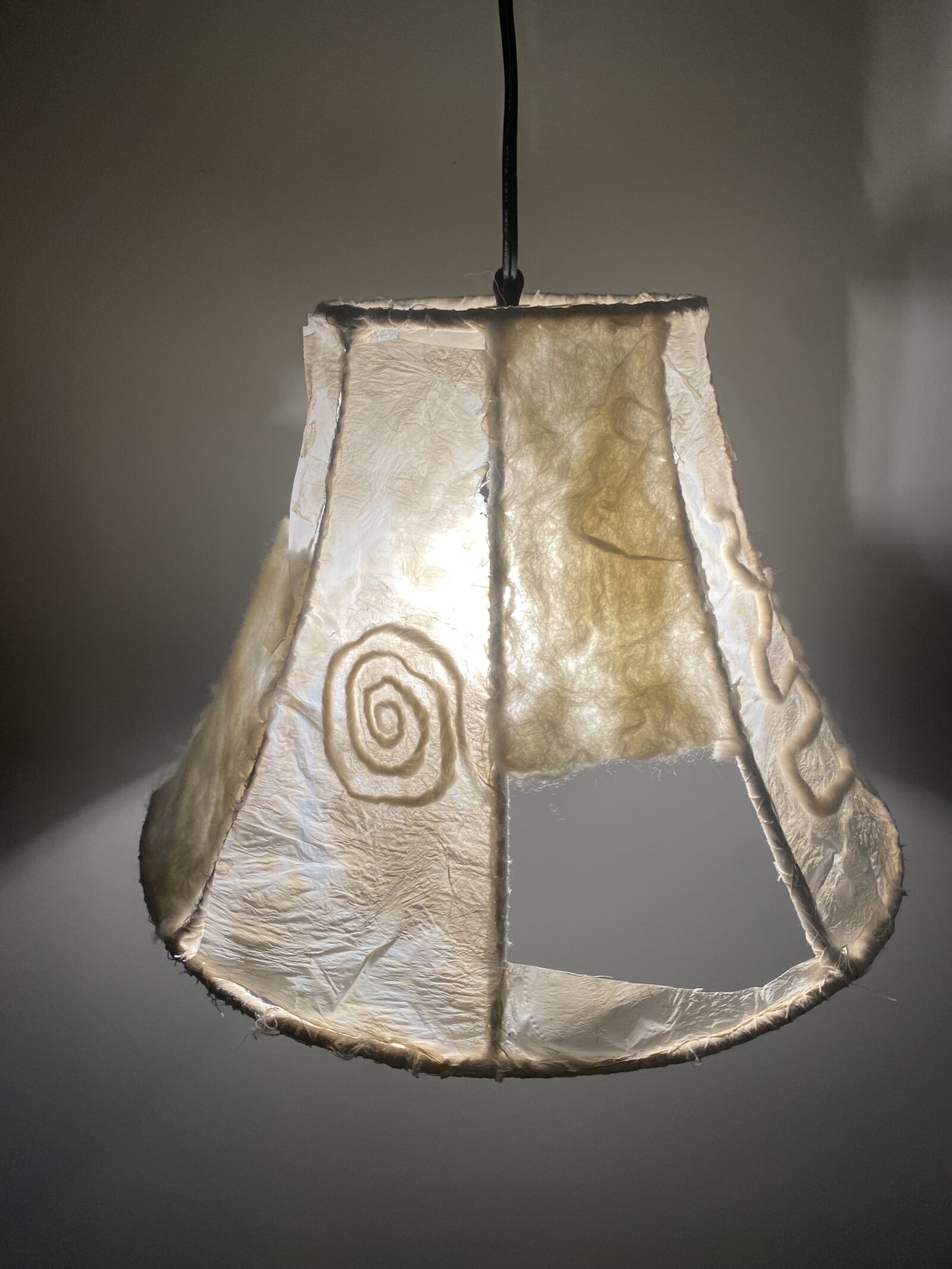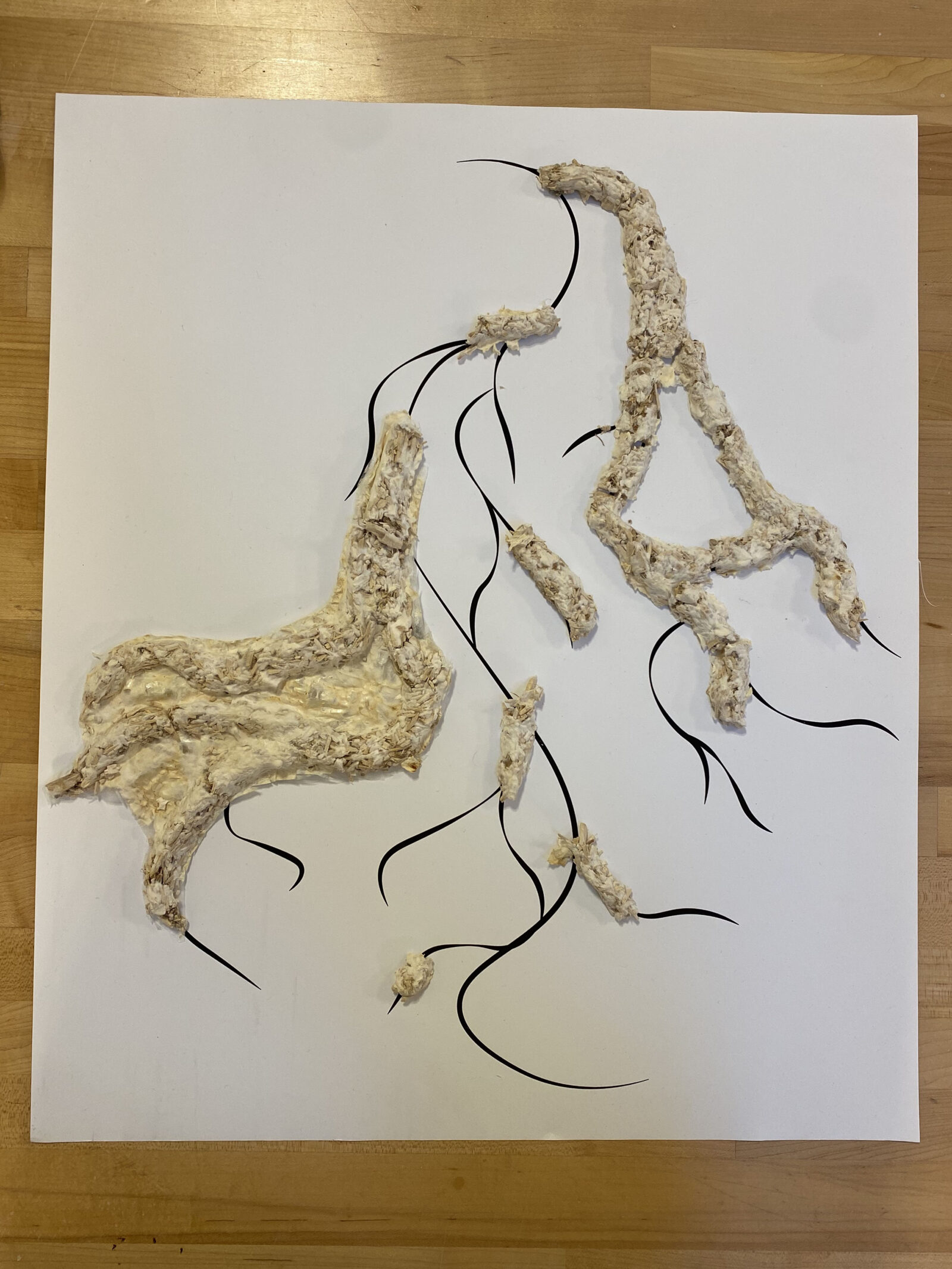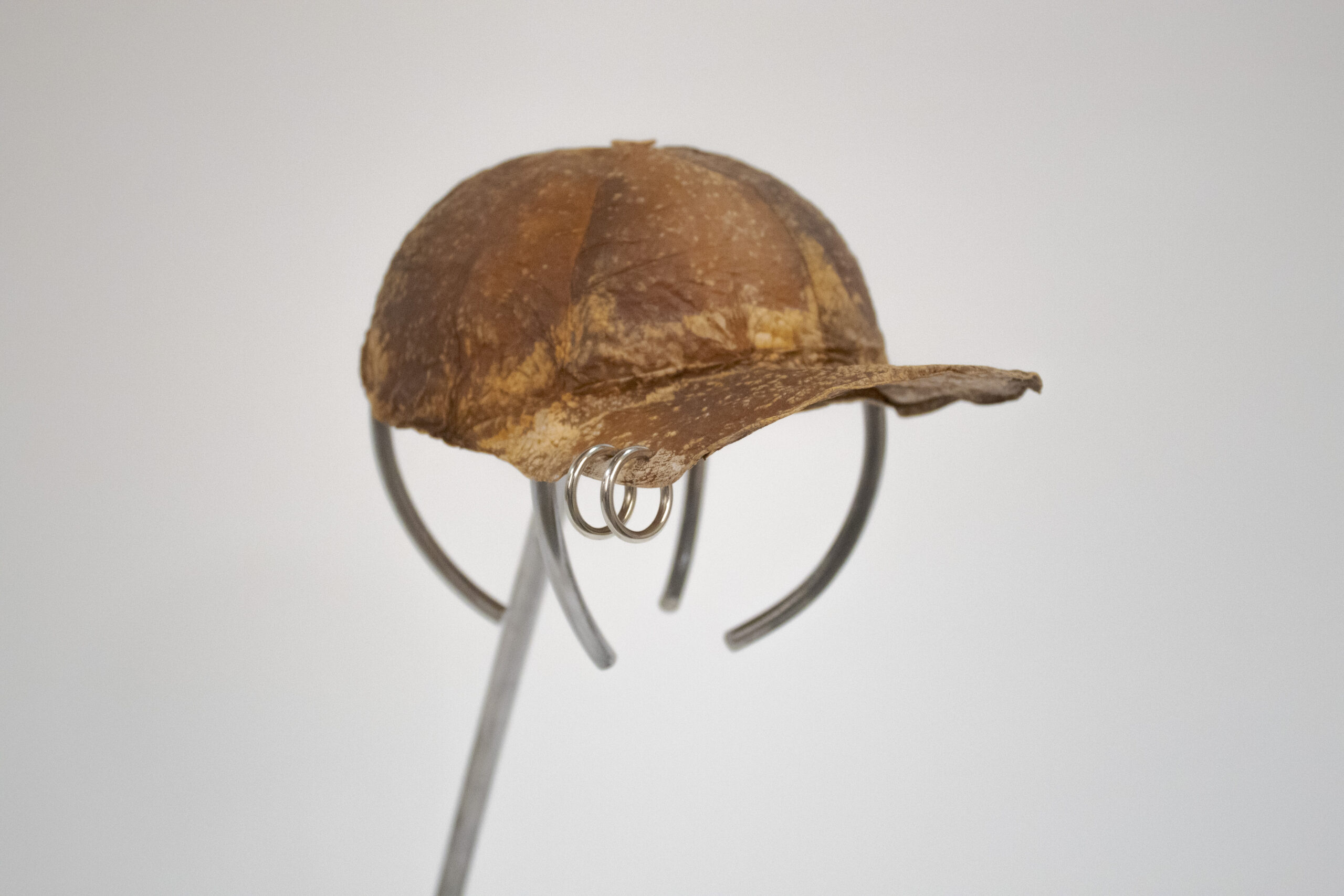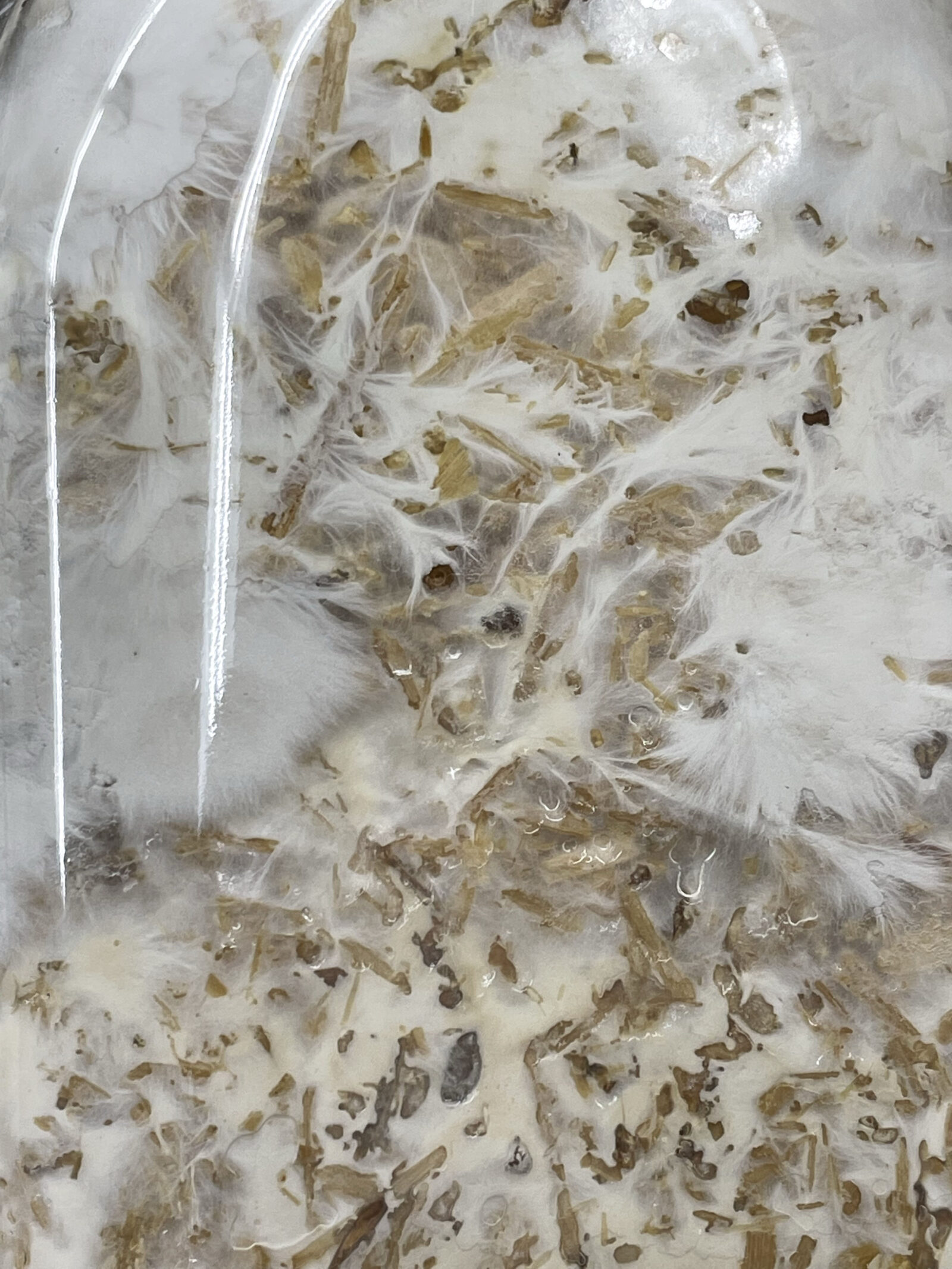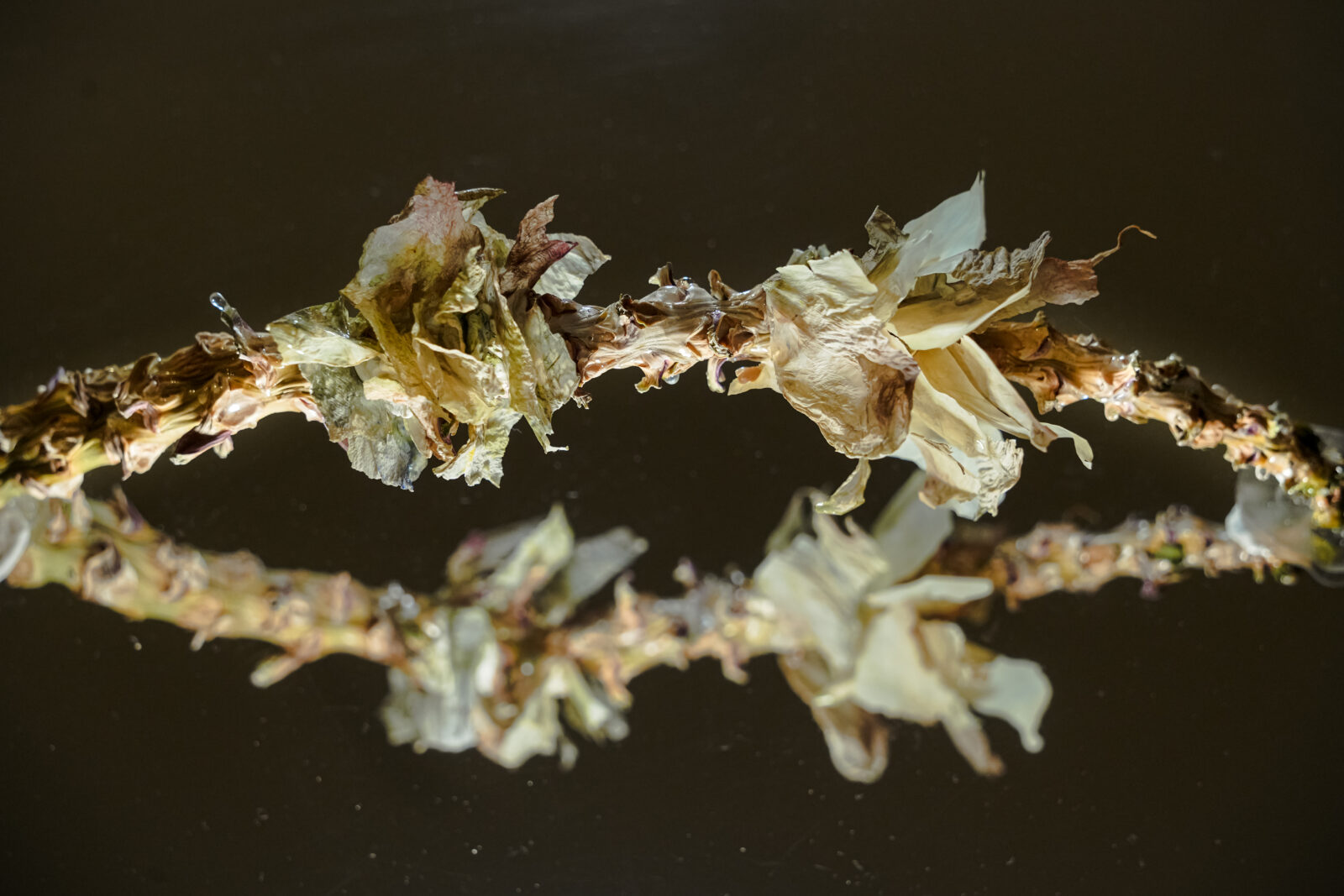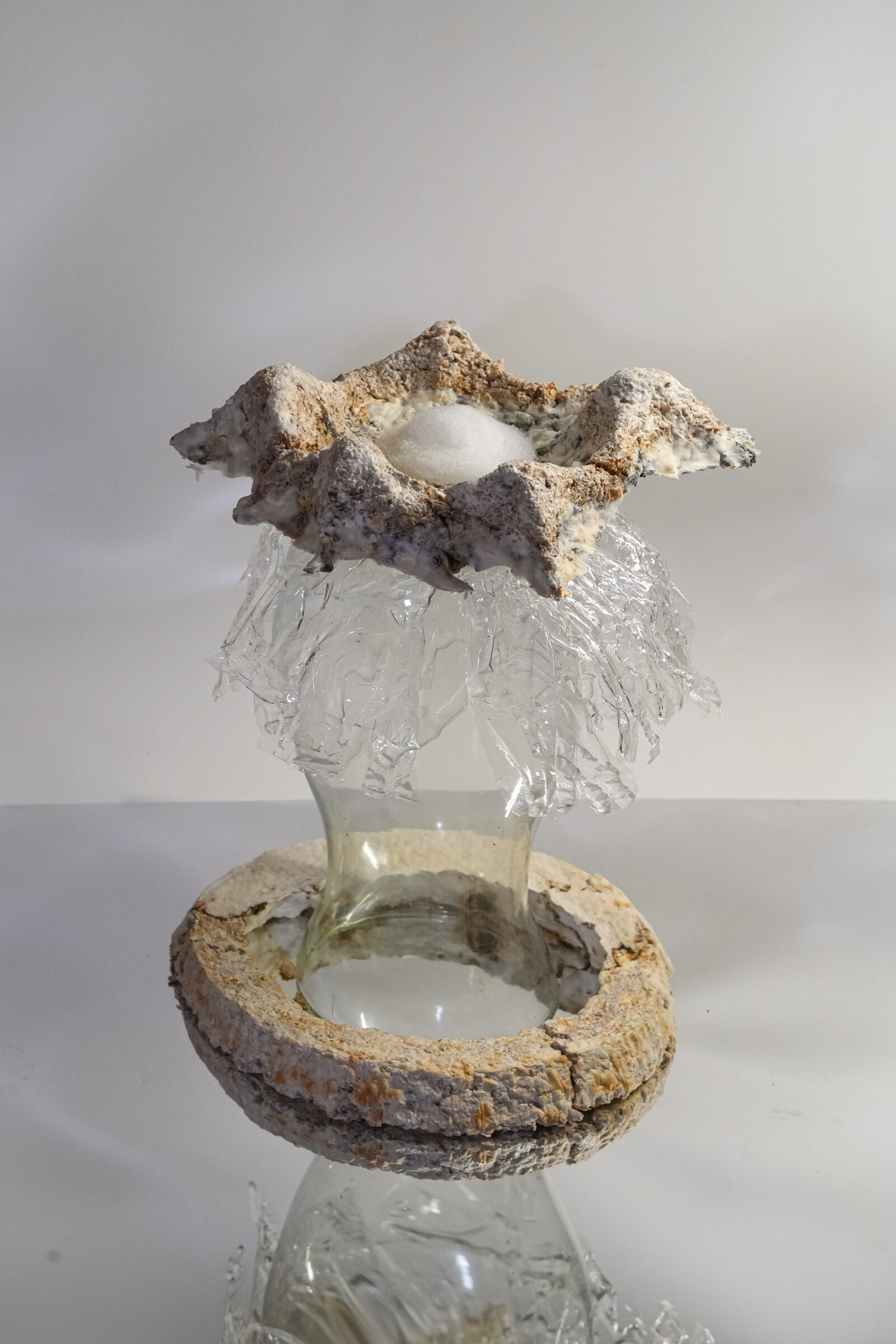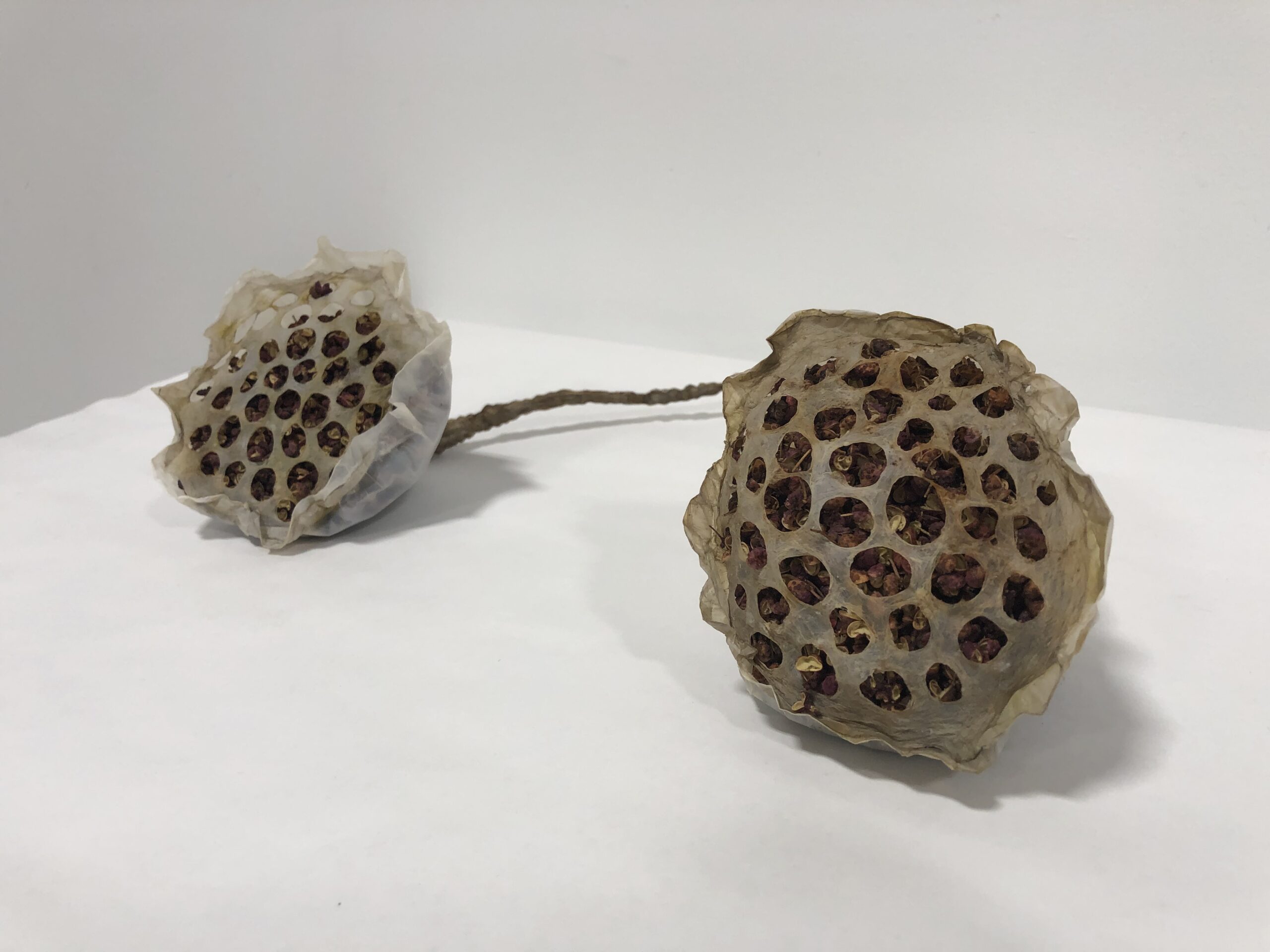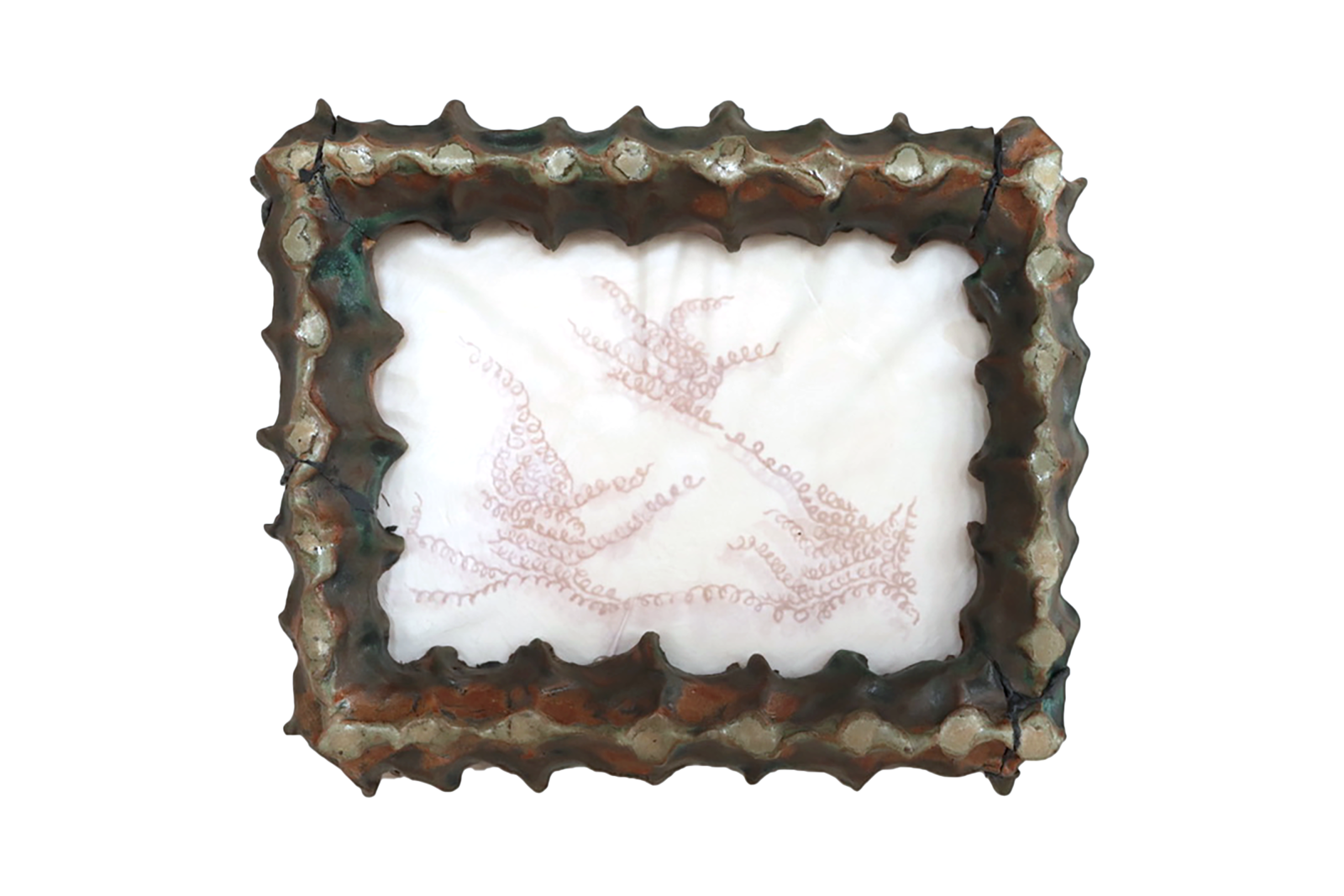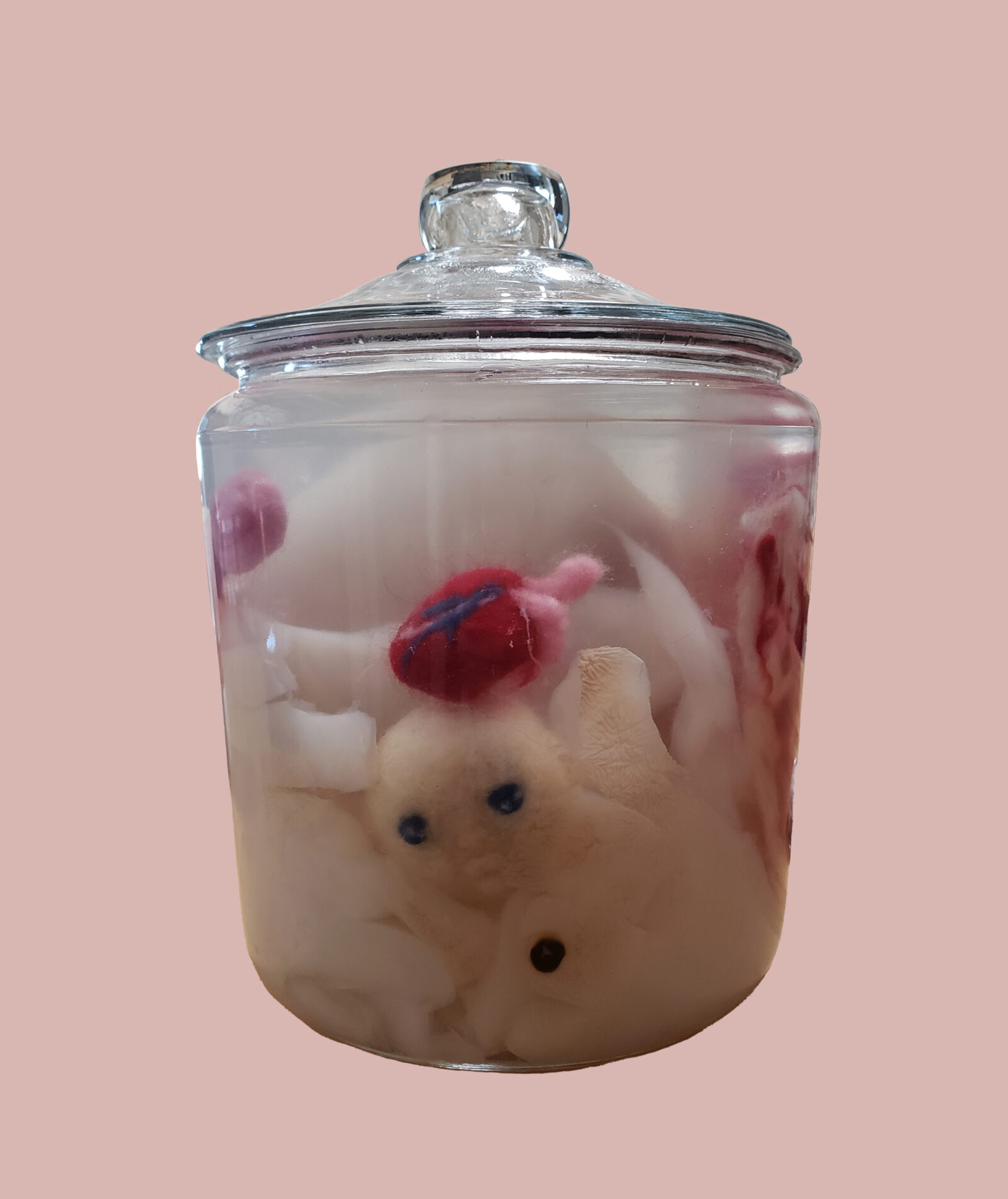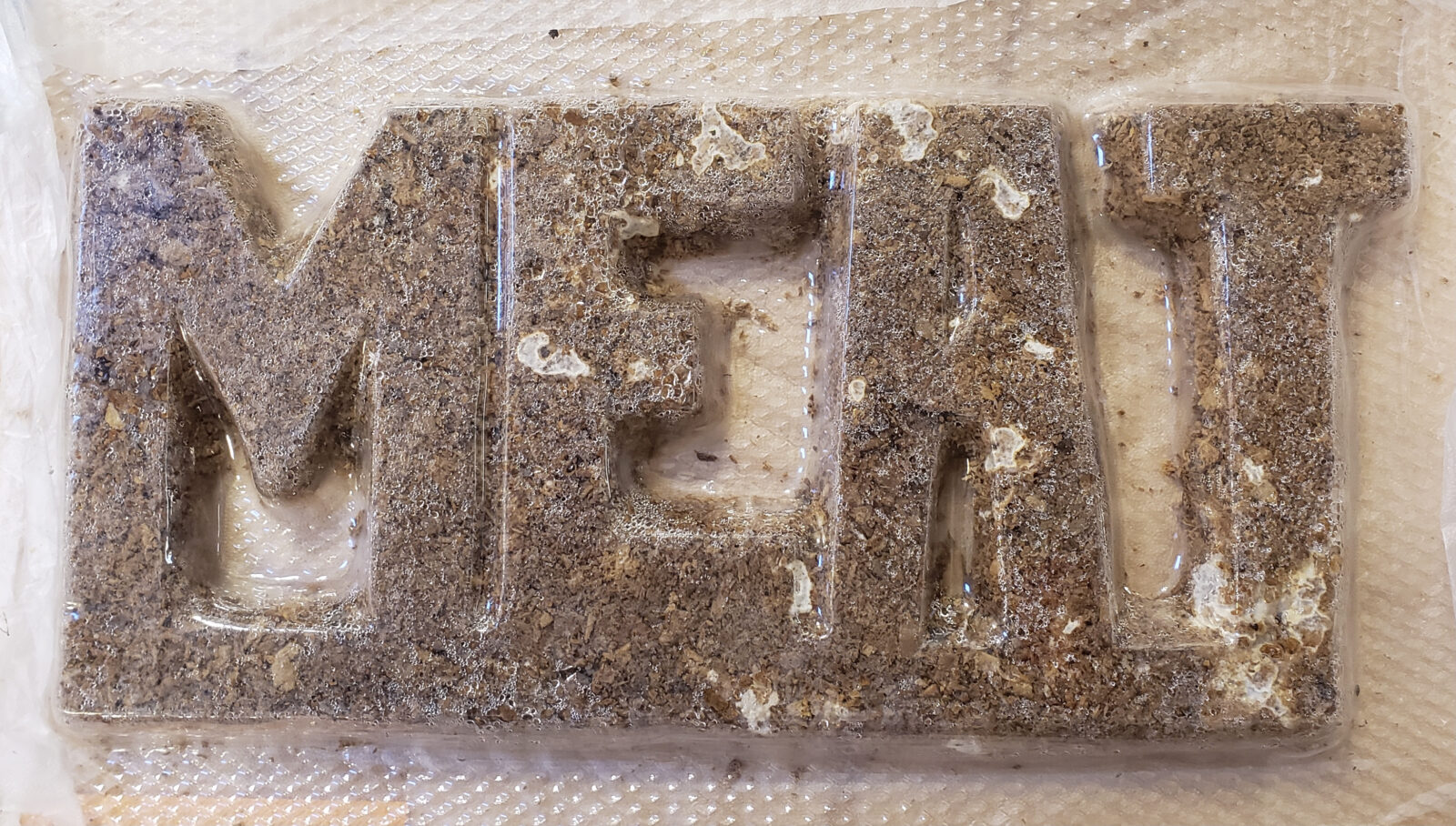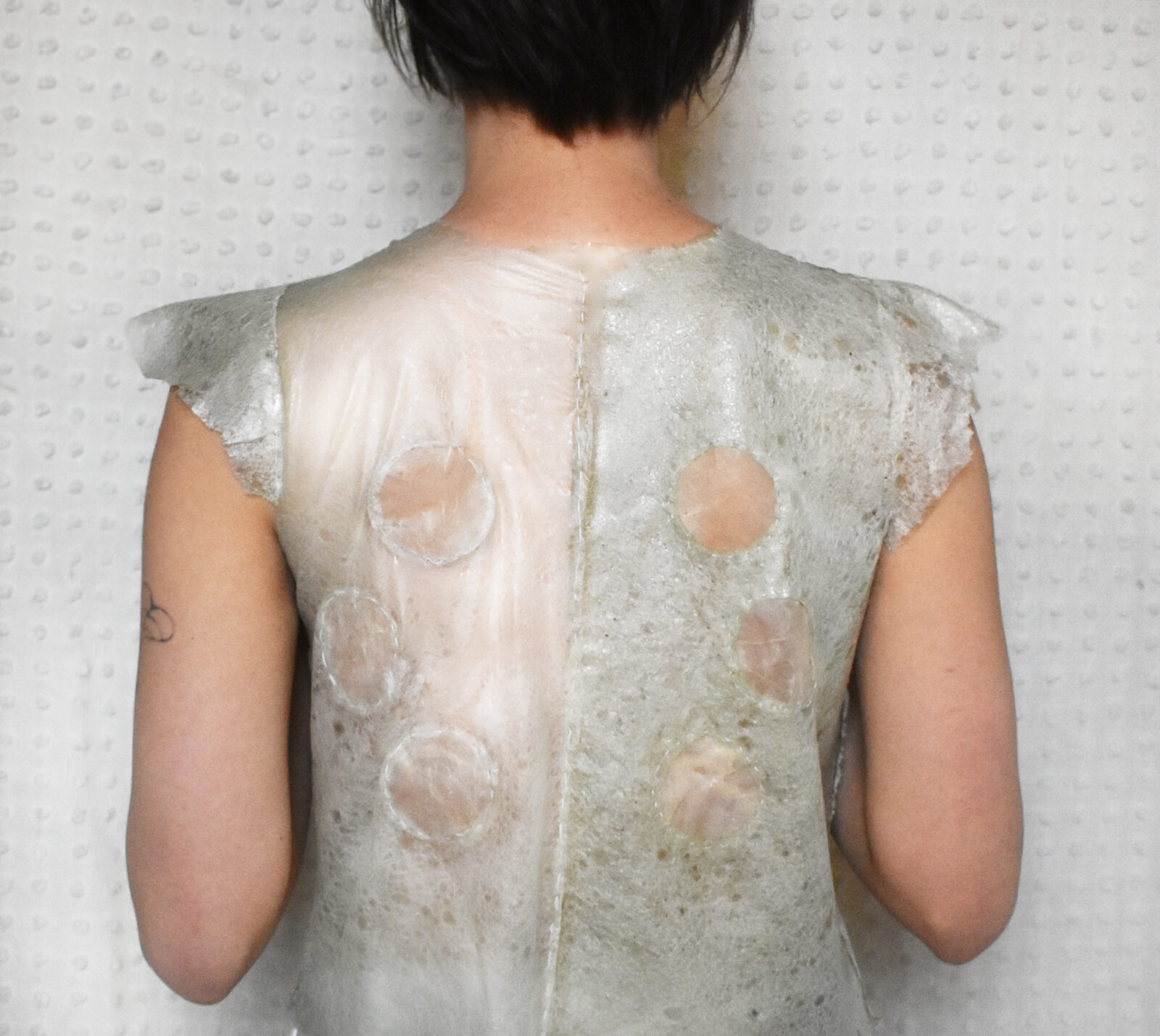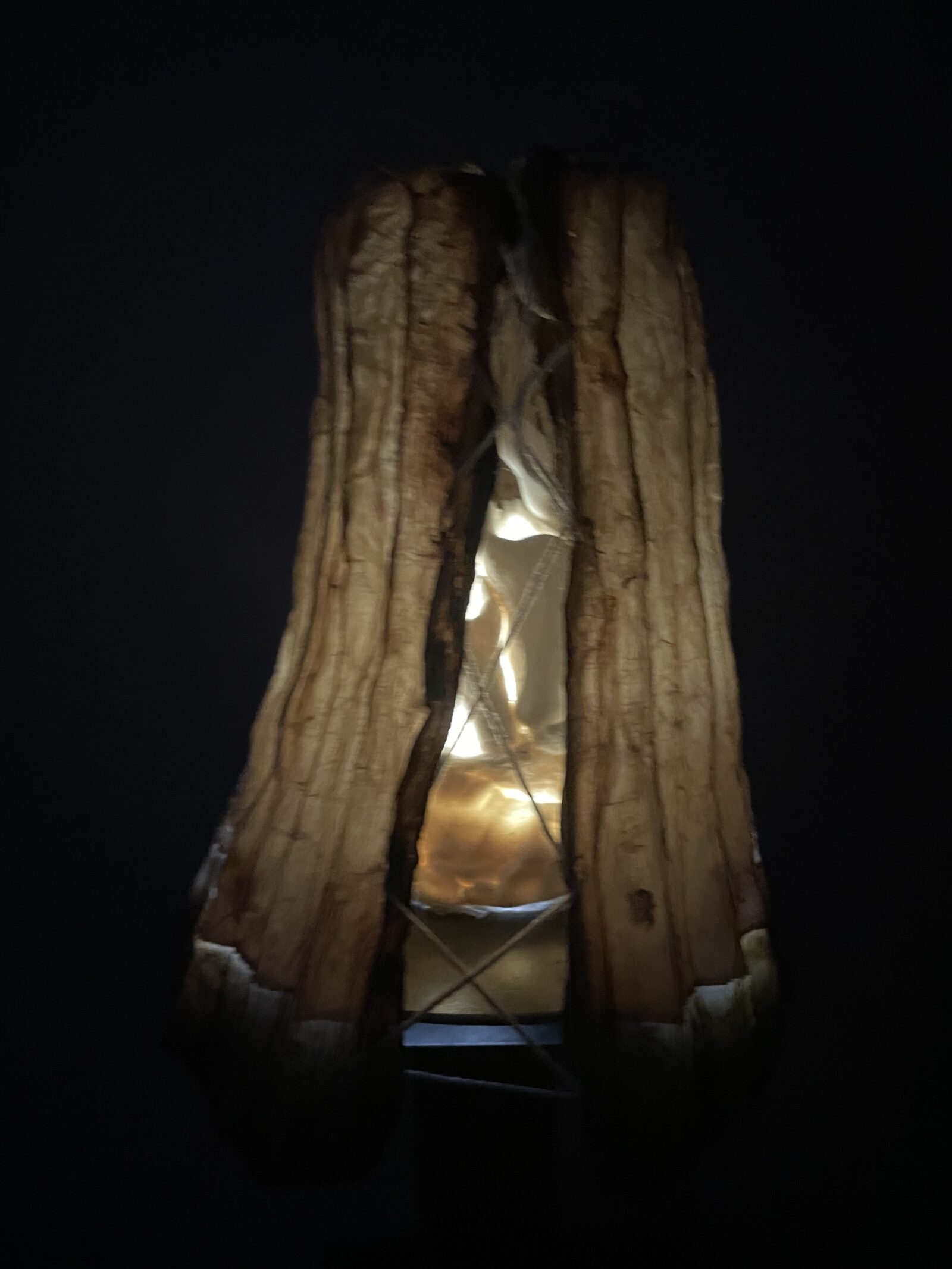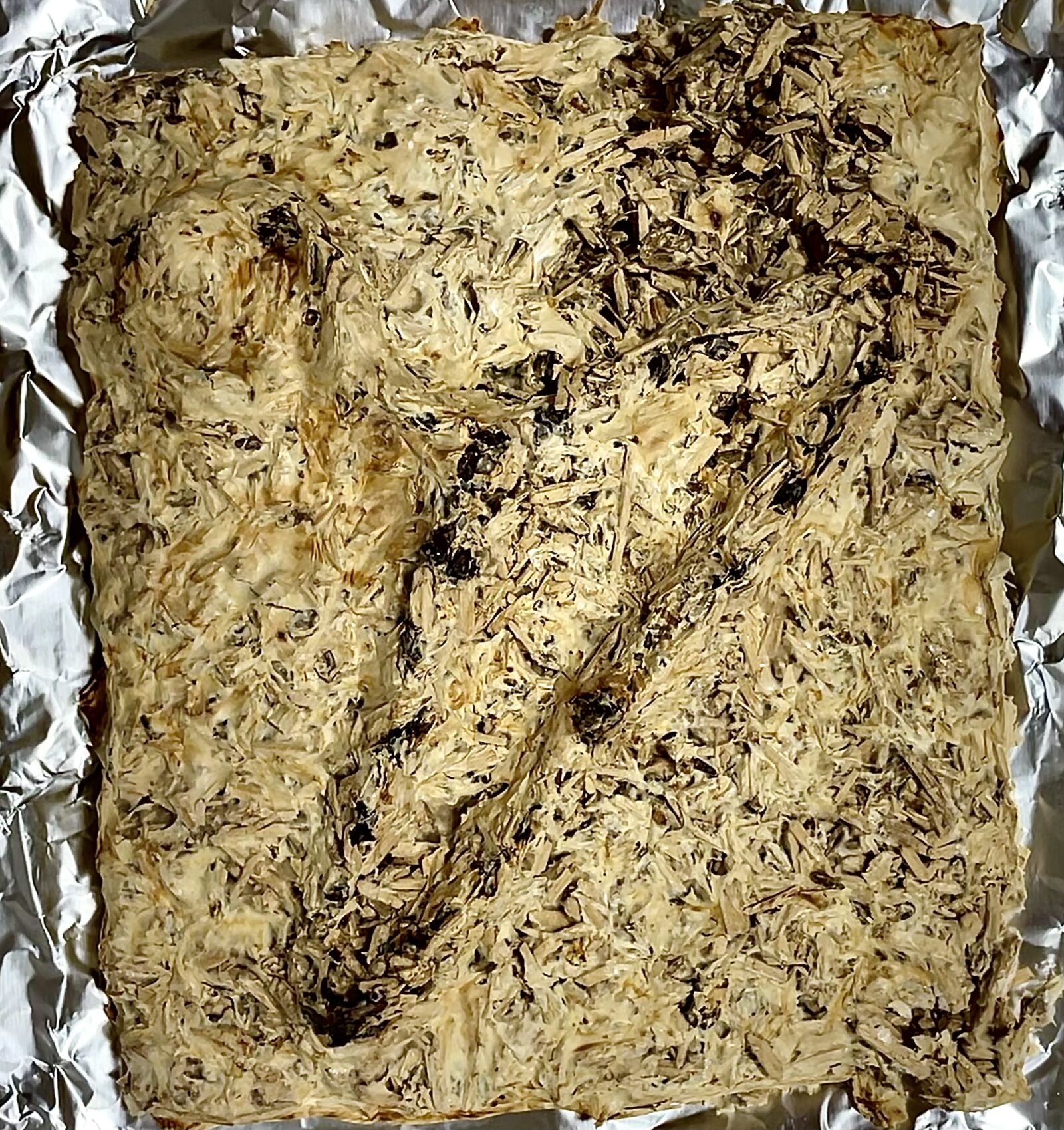Mimicking cave paintings with CRISPR and fluorescent red Ecoli.
This piece is conceptually rooted in my current thesis practice of making holes and exploring tranparencies.
Using bacterial cellulose, cotton twine, and natural dye to mimic decaying skin.
A series of bacterial drawings reflecting on cleanliness and fear of contamination.
Knit a Sweater, ecoli drawing
The piece consists of bacterial cellulose, grown from G.hansenii cells, with an image in cyanotype and formed onto a baby doll. It’s a memorial, both thinking about the children and babies in Gaza and also the children who have been impacted by floodwater.
Bacterial drawings of E.coli were used to create short animations tracking the growth of cells and allowing the texture of the cell cultures to take the form of motions of rain and notions of my homeland.
Anna Ervin Hibiscus, bacterial cellulose, mycelium, silk, clay, 2022 This piece is a combination of my mycelium work and my…
By using symbols that have been found in art since the days of cave painting and materials that have to some degree existed long before the modern day, my piece attempts to make connections with the artisans of the past
Exploring the tree of life form with modern materials and contexts.
A hat grown with bacterial cellulose, and dyed using Jacquard MX dye.
A mycelium milk jug, and a sculptural interaction between mycelium and metal.
Combines the bacterial cellulose and brussel sprouts branch to recreate a new plant.
Karina Ye, Illustration, 2023 Mycelium is the begining and base of mushroom life. Water is the source of all life.…
put your 50 word project sttement here
put your 50 word project sttement here
put your 50 word project sttement here
put your 50 word project sttement here
An imagined lab grown wet specimen.
MEAT
put your 50 word project sttement here
For this project I was thinking about our cultural relationship to death and decay. I wanted to create a headstone made from mycelium to make a less permanent marker for graves that decays with time. This was also an experiment to try to form text with mycelium. This project did not work the way I initially imagined and I demolded it too early due to time constraints.
The nostalgia of childhood combined with the mothering of materials in relation to my own relationship with my mother.
My hope is that we can grow a future in which we protect the people already living, to make it a safer place for those to come. Decay is needed for growth and nothing exemplifies this fact more than mushrooms.
